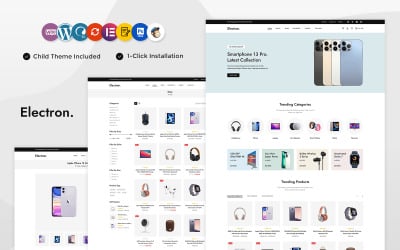
Software as a Service (SaaS) is a software delivery model where software is licensed on a subscription basis and centrally hosted by a third-party provider. In recent years
SaaS has gained significant popularity among businesses due to its many advantages and benefits. In this article
we will explore the concept of SaaS and discuss its impact on the enterprise market.
SaaS has revolutionized the way software is delivered and consumed. Traditional software delivery models required businesses to purchase and install software on individual computers or servers
which often involved significant upfront costs and ongoing maintenance and upgrades. With SaaS
all these complexities are eliminated. Businesses can subscribe to software applications hosted on the cloud and access them from any device with an internet connection.
One of the key benefits of SaaS is its affordability. Businesses can avoid large upfront investments and instead pay a predictable monthly or annual fee for the software they use. This makes SaaS particularly attractive for small and medium-sized enterprises (SMEs) with limited budgets. By subscribing to SaaS applications
SMEs can access powerful software tools that were previously only affordable for larger enterprises.
Another advantage of SaaS is its scalability. Traditional software models often required businesses to estimate their future needs and purchase software licenses accordingly. With SaaS
businesses can easily scale up or down their software usage based on their current needs. This flexibility allows businesses to respond quickly to changing market conditions and avoid wasted resources.
SaaS also provides businesses with the latest software updates and enhancements. With traditional software models
businesses were responsible for managing software updates and upgrades. This often required dedicated IT resources and disrupted business operations. With SaaS
updates and upgrades are handled by the service provider
ensuring that businesses have access to the latest features and security patches without any additional effort.
Furthermore
SaaS offers improved accessibility and collaboration. As SaaS applications are hosted on the cloud
users can access them from anywhere with an internet connection. This enables teams to work together seamlessly
regardless of their physical location. SaaS applications often include features such as real-time collaboration and file-sharing
enhancing productivity and efficiency.
However
SaaS also poses some challenges for businesses. One of the main concerns is data security and privacy. As data is hosted on external servers
businesses need to ensure that their sensitive information is adequately protected. It is essential for businesses to choose reputable SaaS providers that prioritize security and have appropriate data protection measures in place.
Vendor lock-in is another concern associated with SaaS. Some businesses may become locked into a specific SaaS provider due to the substantial investment and customization required for the software. To mitigate this risk
businesses should carefully evaluate their options and consider solutions that offer interoperability and data portability.
In conclusion
SaaS has emerged as a game-changer in the software industry. Its affordability
scalability
and accessibility have made it a popular choice for businesses of all sizes. While SaaS offers numerous benefits
businesses should carefully consider the potential challenges and risks associated with it. By doing so
businesses can leverage SaaS to drive innovation
improve efficiency
and stay competitive in the ever-evolving digital landscape.

